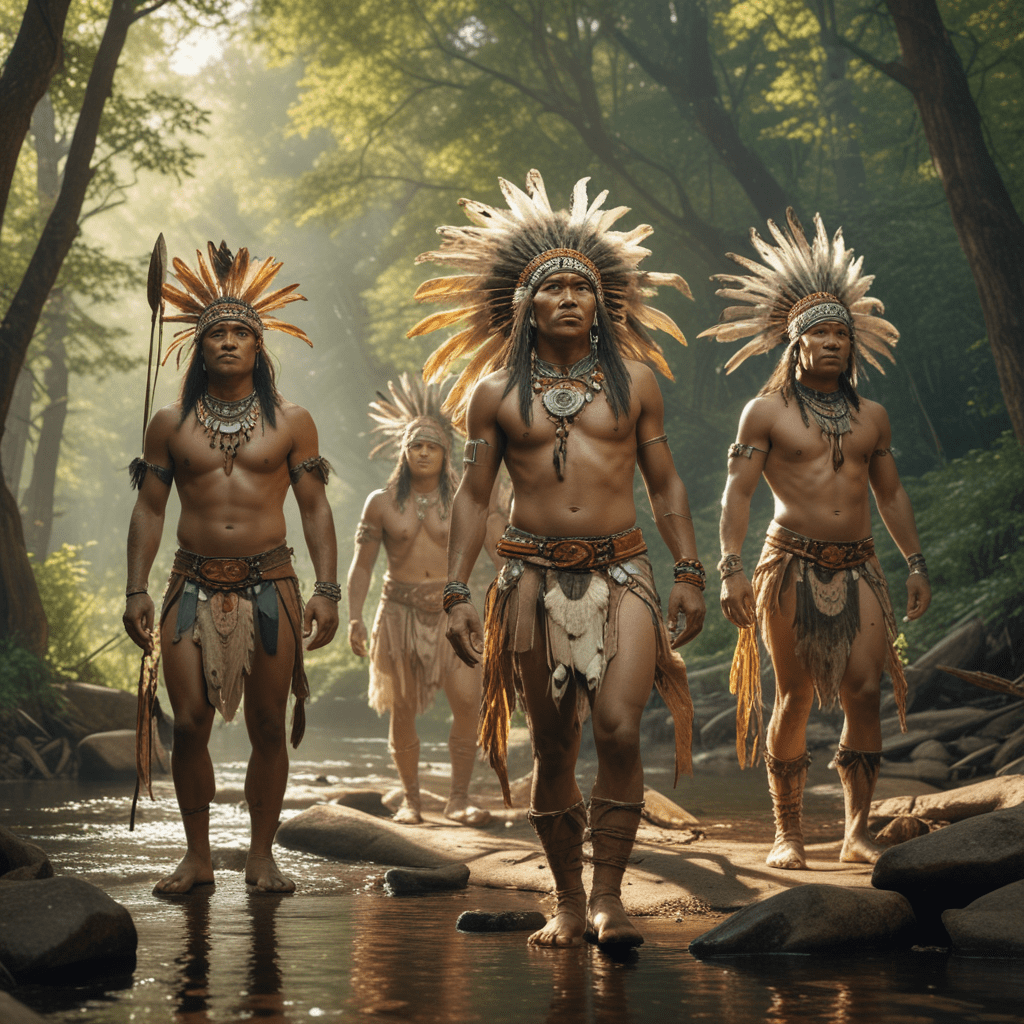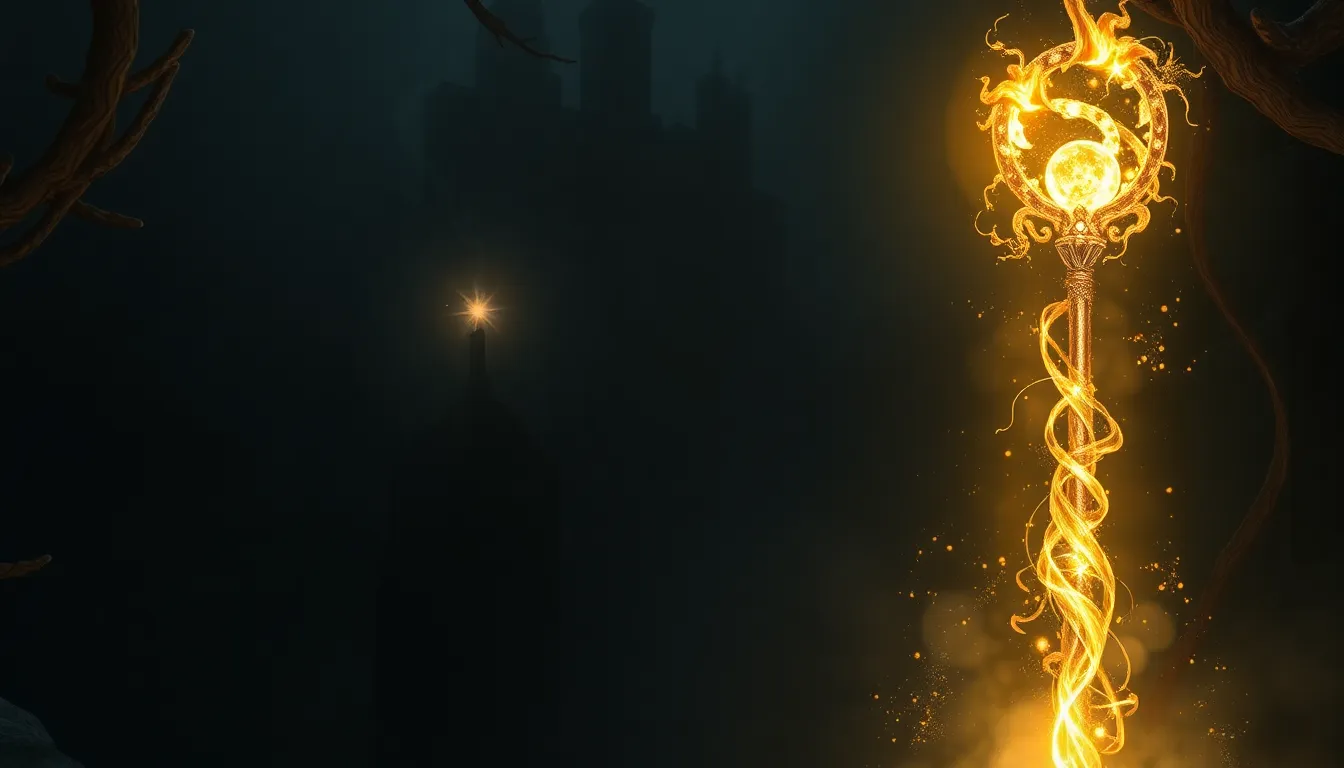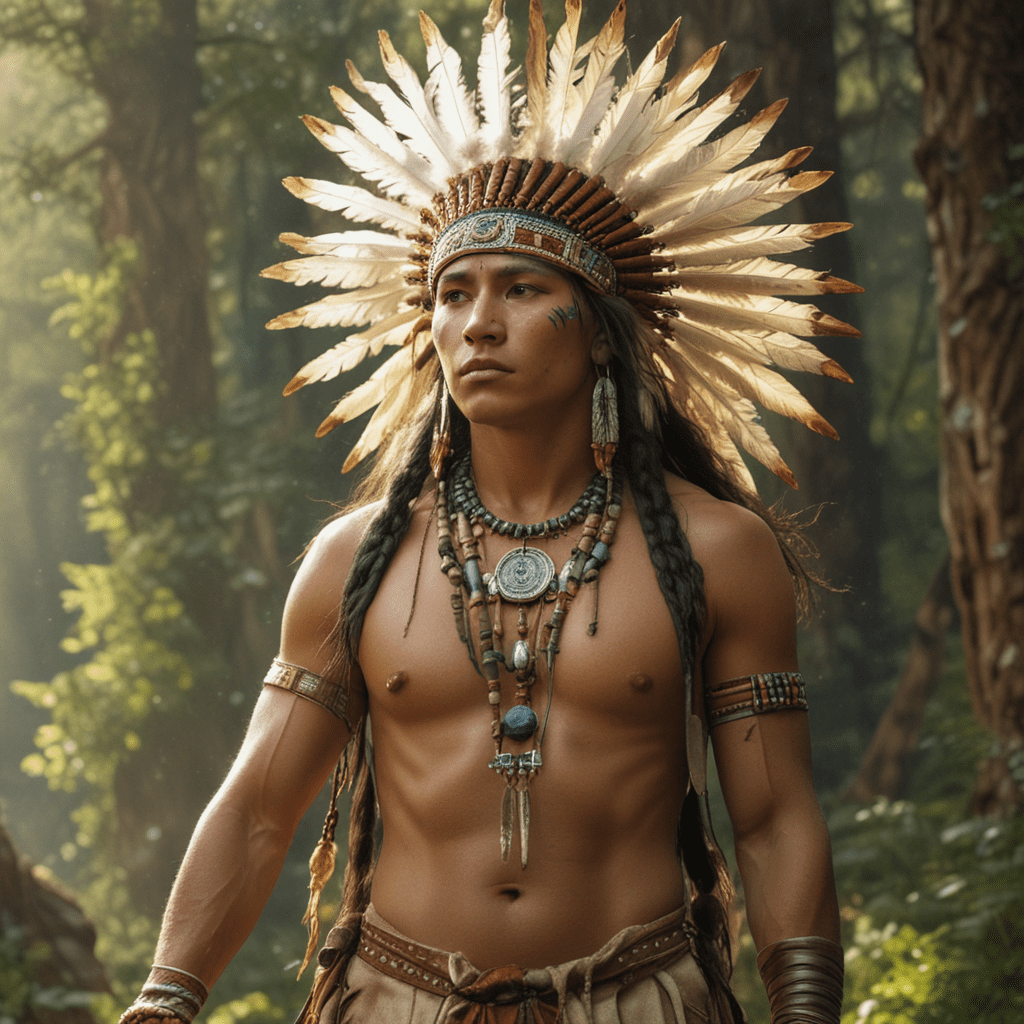The Mythology of the Poarch Band of Creek Indians
Origins and History of the Poarch Creek
The Poarch Band of Creek Indians, federally recognized as the Poarch Creek Indians, is a federally recognized tribe of Muscogee Creek Native Americans based in Alabama. Their ancestors were part of the historic Creek Confederacy, which consisted of numerous Indigenous nations in the southeastern United States. The Poarch Creek trace their roots to the Tuckabatchee town, one of the major towns of the Creek Confederacy. After the Creek War of 1813-1814 and the forced removal of Indigenous peoples from their lands, the Poarch Creek relocated to their present territory in southern Alabama.
The Role of Oral Tradition and Storytelling
Oral tradition and storytelling play a central role in Poarch Creek culture. Elders and storytellers pass down myths, legends, and historical narratives through spoken word, preserving the tribe's history, values, and beliefs. Storytelling is not merely entertainment but a means of educating younger generations and strengthening cultural identity. Through stories, the Poarch Creek connect with their ancestors, the natural world, and the sacred realm.
The Creation Myth and the Great Spirit
At the heart of Poarch Creek mythology lies the creation myth, which tells the story of how the world and its inhabitants came into being. According to the myth, the Great Spirit, also known as Hisagitaimisi, created the world out of chaos and darkness. He breathed life into animals, plants, and humans, giving each its unique place and purpose in the cosmos. The Great Spirit is revered as the creator and sustainer of all life, and is often invoked in prayers and ceremonies.
Animal Spirits and the Natural World
The Poarch Creek believe in the existence of animal spirits, known as "totem animals." These spirits are believed to possess supernatural powers and are associated with specific clans or individuals. Animals are not simply sources of food or resources but are respected as kin and protectors. The Poarch Creek observe taboos and rituals related to animals, and believe that harming or disrespecting them can bring misfortune. The natural world is seen as a sacred place, filled with spirits and imbued with spiritual significance.
6. The Significance of Dreams and Visions
Dreams and visions hold profound significance in Poarch Creek culture. They are believed to be messages from the Great Spirit, ancestors, or spirit helpers. Dreams can provide guidance, warnings, or glimpses into the future. The Poarch Creek practice dream interpretation and storytelling to discern the meaning of their dreams and make sense of their experiences. Visions, often experienced during ceremonies or in solitude, are considered powerful spiritual encounters that can bring transformative insights and healing.
7. The Practice of Ceremony and Ritual
Ceremonies and rituals are integral to Poarch Creek spirituality. They serve to connect the community with the sacred, honor ancestors, and maintain cultural traditions. The most important ceremony is the Green Corn Ceremony, an annual celebration that marks the beginning of the harvest season and gives thanks to the Great Spirit. Other ceremonies include the Stomp Dance, the Snake Dance, and the Medicine Dance, each with its own unique purpose and significance. Through these rituals, the Poarch Creek reaffirm their relationship with the natural world, seek guidance and protection from the Great Spirit, and pass on their cultural heritage to future generations.
8. The Impact of Christianity on Poarch Creek Mythology
Christianity has had a significant impact on Poarch Creek mythology. After European contact, many Poarch Creek converted to Christianity, and Christian beliefs and practices began to blend with traditional spiritual beliefs. The Poarch Creek have incorporated Christian elements into their own creation myth and religious rituals, while still maintaining their distinct cultural identity. They see the Great Spirit as the same God worshipped by Christians, and many believe that Jesus is a messenger sent by the Great Spirit. This syncretism has created a unique and dynamic spiritual tradition that reflects the Poarch Creek's rich cultural history.
9. Preserving and Revitalizing the Poarch Creek Mythology
The Poarch Creek recognize the importance of preserving and revitalizing their mythology. They have established cultural programs, language classes, and educational initiatives to ensure the transmission of their stories, traditions, and beliefs to younger generations. The tribe's elders and storytellers play a crucial role in this process, sharing their knowledge and wisdom with the community. The Poarch Creek also collaborate with scholars and researchers to document and study their mythology, ensuring its legacy for future generations.
10. The Legacy of the Poarch Creeks’ Mythology
The mythology of the Poarch Creek Indians is a rich and vibrant tradition that has shaped their cultural identity for centuries. It provides a framework for understanding the world, connects them to their ancestors, and guides their spiritual practices. The Poarch Creek continue to honor and preserve their mythology, ensuring that its wisdom and teachings will continue to inspire and guide their people for generations to come.
FAQ
What are the main themes of Poarch Creek mythology?
The main themes of Poarch Creek mythology include the creation of the world, the role of animal spirits, the significance of dreams and visions, the practice of ceremony and ritual, and the impact of Christianity.
How do the Poarch Creek preserve their mythology?
The Poarch Creek preserve their mythology through oral tradition, storytelling, cultural programs, language classes, educational initiatives, collaboration with scholars and researchers, and the active participation of elders and storytellers.
What is the most important ceremony for the Poarch Creek?
The most important ceremony for the Poarch Creek is the Green Corn Ceremony, an annual celebration that marks the beginning of the harvest season and gives thanks to the Great Spirit.




